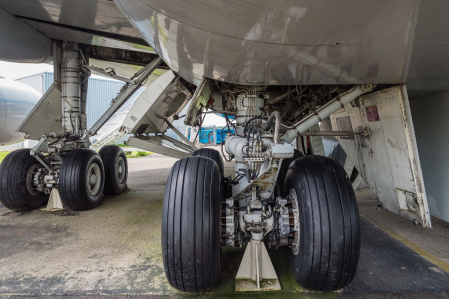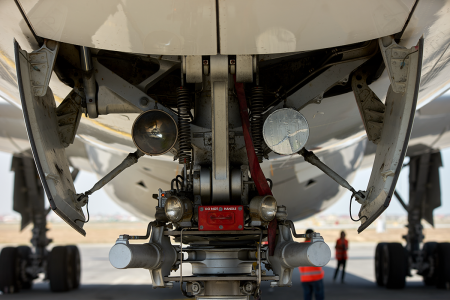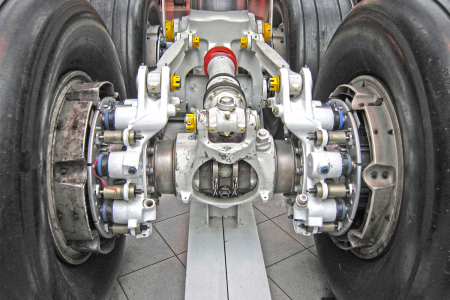Case Study 2017-2019. Future Landing Gear 2 (FLG2) Research Project
Consortium
- Airbus (Consortium Leader)
- Smart Fibres
Project Description
The FLG2 project (funded through Innovate UK) represents a further development on the results achieved during the ASHLEY Project.
The main goal of FLG2 for Smart Fibres is the development of Fiber Bragg Grating (FBG) based and contactless:
- Position Sensing Device (proximity sensor) – meant to determine the correct closure of bulk cargo doors and landing gear bay.
- Advanced tachometer – destined to monitor the wheel speed on the landing gear when the breaks are being applied.
Both sensors will be applied on the landing gear of Airbus’ commercial aircraft.
Challenges for Smart Fibres
- High performance:
- Fast response time
- High levels of accuracy and sensitivity
- Dimensional constraints
- Environmental constraints:
- High levels of shock and vibration
- Very low temperatures
- Thermal shock
- To successfully pass all qualification tests
Therefore, the ultimate goal is to design fiber optic sensors capable of overcoming the challenges aforementioned, at a reasonable cost and whilst maintaining the adequate levels of performance required.
Solution
The FBG based approach taken by Smart Fibres will be capable of overcoming all the technical challenges and bring additional targeted benefits such as:
- Reduction on the sensitivity to Electro-Magnetic Interferences (EMI)
- Increased multiplexing capacity, which will allow a considerable reduction on weight and enable innovative installation methodologies
- In the case of SmartTacho, it will also allow an extension on the measurement range of low speeds (a key limitation of alternative technologies currently in use)
Ongoing project – Duration: 2017-2019
Related Smart Fibres Products
- SmartTacho FBG based tachometer – Under development (TRL3 progressing to TRL4)
- SmartProxi FBG based proximity sensor – Under development (TRL3 progressing to TRL4)



